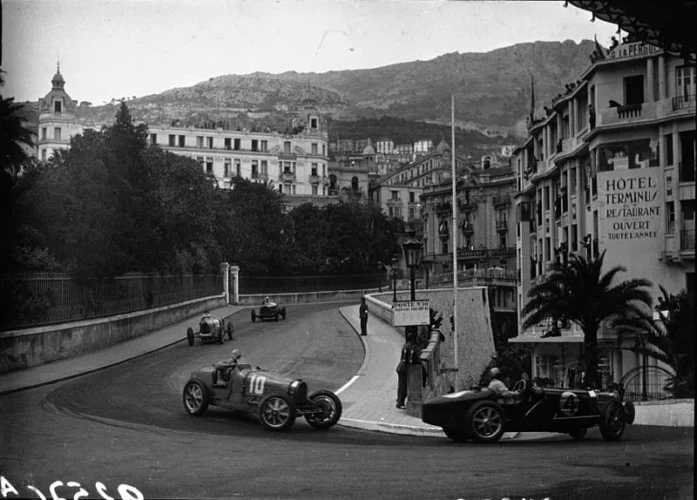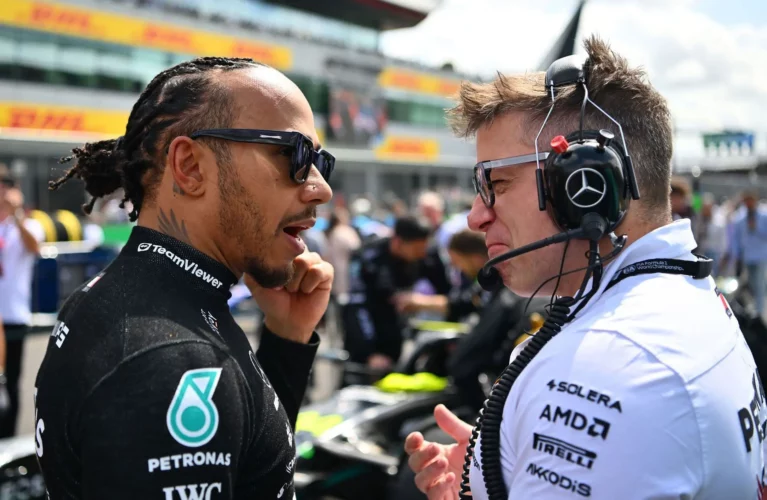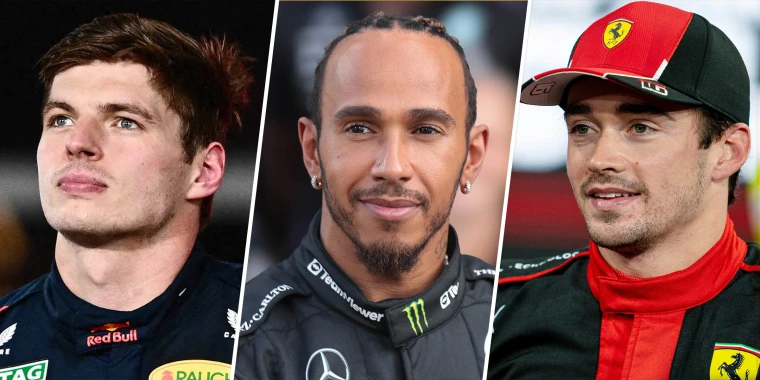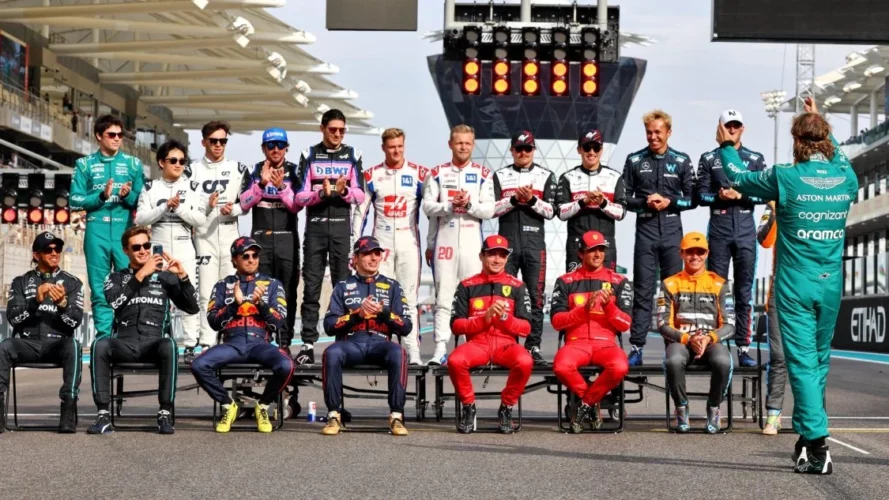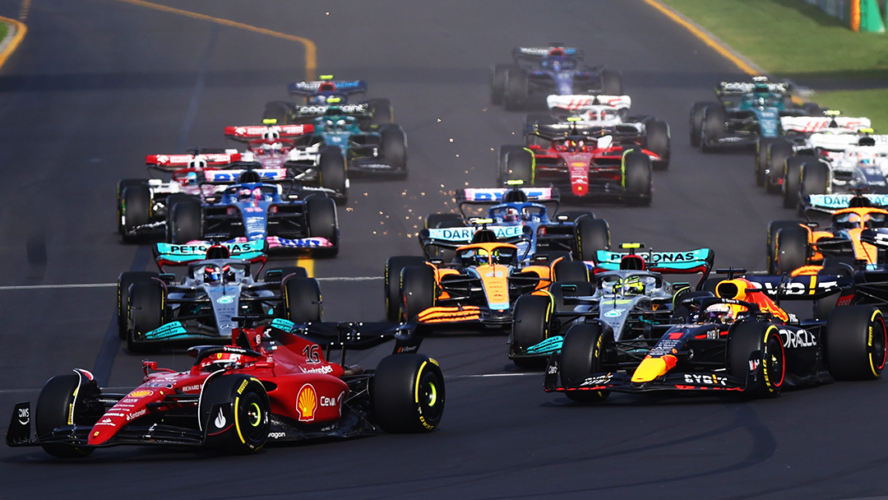Nestled in the heart of the French Riviera, the Monaco Grand Prix stands as a beacon of motorsport history, embodying a century of racing evolution, technological advancements, and a glamorous lifestyle. This article delves into the rich history and transformation of one of the most prestigious races in the world, tracing its journey from a daring idea to a global phenomenon that captivates fans and elites alike.
From Humble Beginnings: The Birth of a Racing Tradition (1929)
The Monaco Grand Prix sprang to life in 1929, born from the vision of Anthony Noghes, a Monegasque businessman passionate about motorsports. Despite skepticism about the feasibility of a street race, Noghes’s determination brought the thrilling competition to the winding roads of Monte Carlo. The inaugural event, though modest by today’s standards, set the stage for a legacy of racing excellence. The circuit’s challenging layout, characterized by tight turns and narrow streets, tested the mettle of renowned drivers like William Grover-Williams, who claimed victory in a Bugatti.
A Decade of Innovation: Refining the Track and Building a Legacy (1930s)
Throughout the 1930s, the Monaco Grand Prix underwent significant transformations to enhance safety and the spectator experience. The introduction of the iconic Tunnel section added a unique twist to the circuit, increasing its allure and challenge. During this era, the race cemented its reputation as a cornerstone of the European racing calendar, attracting legendary drivers such as Louis Chiron, who became synonymous with Monaco’s racing heritage.
A Hiatus and a Triumphant Return: The War Years and a Post-War Resurgence (1940s-1950s)
World War II brought a temporary halt to the Monaco Grand Prix, but its spirit remained unbroken. Resuming in 1948, the race quickly regained its prestige, drawing in a new generation of racing icons like Juan Manuel Fangio and Alberto Ascari. The 1950s marked the integration of the Monaco Grand Prix into the newly established Formula One World Championship, further elevating its international profile and competitive significance.
Suggested Read: Significance of Chicanes in Formula 1 Racing
An Era of Glamour and Superstars: The Golden Age of Monaco (1960s-1970s)
The 1960s and 1970s are often remembered as the golden age of the Monaco Grand Prix. The event became a symbol of luxury and excitement, attracting celebrities, royalty, and affluent spectators to the glamorous streets of Monte Carlo. Legendary racers like Graham Hill, nicknamed “Mr. Monaco” for his five victories, and Jackie Stewart dominated the race, thrilling fans with their skill and bravery. This period also witnessed significant advancements in automotive technology, though it was equally marked by growing concerns over driver safety.
Navigating Change: Modernization and Maintaining Tradition (1980s-Present)
As Formula One evolved, the Monaco Grand Prix faced challenges in adapting to faster, more advanced vehicles while preserving the integrity of its historic track. Safety enhancements such as improved barriers and run-off areas were implemented to protect drivers, without detracting from the circuit’s challenging nature. Modern legends like Ayrton Senna, Michael Schumacher, and Lewis Hamilton have since made their mark, each bringing a unique flair and driving mastery that have contributed to the race’s mythos.
Beyond the Race: The Allure of Monaco and the Future of the Grand Prix
The appeal of the Monaco Grand Prix transcends the racing itself, encapsulating a world of luxury, prestige, and spectacle. Each year, Monte Carlo transforms into a hub of high society and entertainment, where business and pleasure mix seamlessly against the backdrop of high-octane competition. Looking to the future, the Grand Prix faces the imperative of embracing sustainability while maintaining the glamour and excitement that have defined it for a century.
A Legacy of Prestige and Passion: The Enduring Appeal of the Monaco Grand Prix
The Monaco Grand Prix remains one of the most anticipated events on the Formula One calendar, renowned for its rich history, challenging circuit, and the unparalleled glamour it offers. Its ability to balance tradition with innovation ensures that it remains at the forefront of motorsport events, continuing to attract fans and celebrities from around the globe. As it moves into its next century, the Monaco Grand Prix stands poised to retain its status as the pinnacle of racing prestige, continuing to capture the hearts of motorsport enthusiasts with its enduring legacy of speed, spectacle, and elegance.
Suggested Read: Why is the Monaco GP Special?
Conclusion
In conclusion, the Monaco Grand Prix is not just a race; it is a celebration of motorsport’s evolution, a testament to human ingenuity and passion, and a showcase of the extraordinary allure of Formula One. As we look back on a century of thrilling races, it is clear that the heart of Monaco will continue to beat fast with the roar of engines for many years to come.
